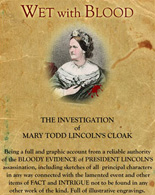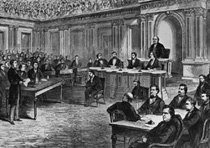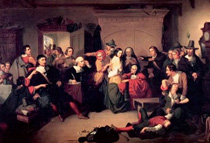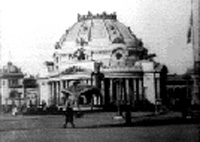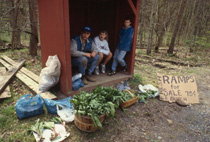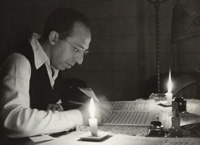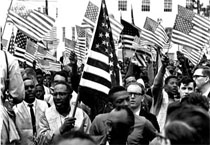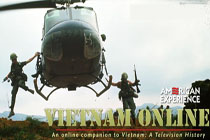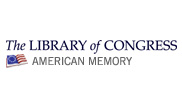The Vietnam War Declassification Project
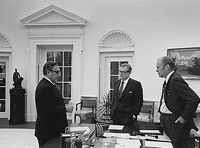
In April 2000, the Gerald R. Ford Library released approximately 40,000 pages of classified documents concerning the Vietnam War. Many are from National Security Advisors Henry Kissinger and Brent Scowcroft and their staffs and deal with the decision to evacuate U.S. forces from Vietnam in April 1975. This site provides 15 samples of the newly declassified material, 27 additional documents related to the war already available, 17 photographs of Ford and his advisors during meetings, and finding aids for those planning to travel to the Ford Library in Ann Arbor, Michigan. The sample documents include important memos, letters, and cables regarding corruption in South Vietnam; "ominous developments" by the North Vietnamese reported to Kissinger in March 1975; the evacuation decision and its execution; the seizure of the U.S. merchant ship Mayaguez by a Cambodian gunboat crew in May 1975; the plight of Vietnamese refugees; "lessons of the war" imparted to Ford by Kissinger; and notes from Scowcroft to Ford on the then-ongoing reconstruction of Cambodian society by the Khmer Rouge. This site will be valuable for those teaching courses on the Vietnam War and its aftermath and the internal workings of the Ford Administration.
